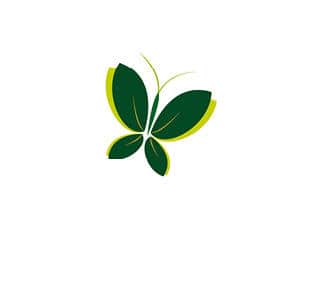Welcome to Cannabis Corner. A weekly insight into the world of evolving cannabis legislation, regulation, use and access. Robbin Lynn, MBA, Certified Cannabis Specialist, and author/owner of The One Minute Cannabist Education Center in Oceanside, California has spent the last decade helping people navigate the world of cannabis whether for medicinal or recreational use. Through her unique insight and expertise, she has helped more than 5,000 people, most over the age of 50, achieve desired results in a safe and effective manner.
You can’t talk about cannabis today without understanding its historical context. So, we’ll start this series with a very quick history lesson. Confucius once said, “The beginning of wisdom is to call things by their proper name.” While, as a society we use the words, marijuana, hemp, weed, grass, pot or dope to describe this plant, its true scientific name is Cannabis sativa L. Because there are so many names by which this plant is referred and no standardized nomenclature, there is much consumer confusion with respect to cannabis products today. In my mind, calling it anything but cannabis is an insult to a plant that can bring so much to our overall well-being.
Prior to 1937, cannabis was among the top three remedies prescribed by physicians, generally in the form of a tincture, and while some people did smoke it, tinctures or elixirs were the primary mode of administration. Today, when we think about cannabis, the typical stoner stereotype comes to mind. While there are ‘stoners’ out there, the majority of people using cannabis today are regular people looking for natural relief, but because of the stigma that surrounds this plant, most won’t admit it. So, if cannabis WAS medicine, what happened?
The earliest recorded history of cannabis being used as medicine dates back to 2300 B.C. In the early 1800’s cannabis, which was used by many cultures around the world, was introduced to Europe and the United States. The period of 1840-1900 saw numerous reports of the therapeutic properties of cannabis published in the medical literature.
1936-1944
In 1936, Reefer Madness was unleashed, brainwashing an entire generation with misinformation.
The first step was to introduce the element of fear of the unknown by using a word that no one had ever heard of before, and that word was “marijuana”. Through persuasive and repetitive use this obscure Mexican slang word was pounded into American consciousness. The terms cannabis and hemp were discarded, ignored and buried. The irony is that while people were being warned of the dangers of the dread marijuana, they were reaching into their medicine cabinets for their cannabis tincture, not realizing these plants were one in the same.
In secret congressional meetings, Harry Anslinger, William Hearst, and DuPont Chemicals were successful in having the Federal Marijuana Tax Act of 1937 (MTA) passed into law. This began 30 years of scare stories of murder, atrocity, rape and even zombie pacifism by those using marijuana. It was also the first step toward prohibition.
In 1941, Cannabis sativa L. and the hundreds of conditions it was used for was removed from the US Pharmacopeia, along with 200 other common herbal remedies. These plant medicines have since been rightly restored to this resource. The LaGuardia Committee Report was published in 1944 concluding that there was no proof of major crime associated with aggression, antisocial behavior, or sexual overstimulation that Reefer Madness portrayed. The study was denounced and ignored.
1960-2003
In 1969, Federal Court rule in Leary v. United States that the MTA of 1937 is unconstitutional, but instead of reinstating this plant as a legal medicine, what happens? The rules were changed and Congress created the Controlled Substance Act (CSA).
President Nixon, against expert advice from the Shafer Commission, places cannabis in the most restrictive category, Schedule 1, where it remains today. The CSA schedules all drugs into five categories, with Schedule 1 defined as having “no currently accepted medical use and a high potential for abuse”.
Prior to 1976, the therapeutic indications for cannabis were a weekly occurrence in medical journals and the national press.
In 2003, the United States Department of Health and Human Services is issued Patent No. 6,630,507 for Cannabinoids as antioxidants and neuroprotectants. Cannabinoids are among the primary compounds found in the Cannabis sativa L. plant. So, we have a plant that is classified as a Schedule 1 drug, yet the government owns a patent for its medicinal value. Now here we are in 2018, legal by Prop 64, and yet not fully legal. Only 15% of all cities throughout California are allowing for cannabis businesses, leaving 85% of California without safe access. Tune in next week for an update on the current legal landscape.
https://oneminutecannabist.com/omc-at-the-san-diego-cannabis-roundtable-saturday-september-22/


















